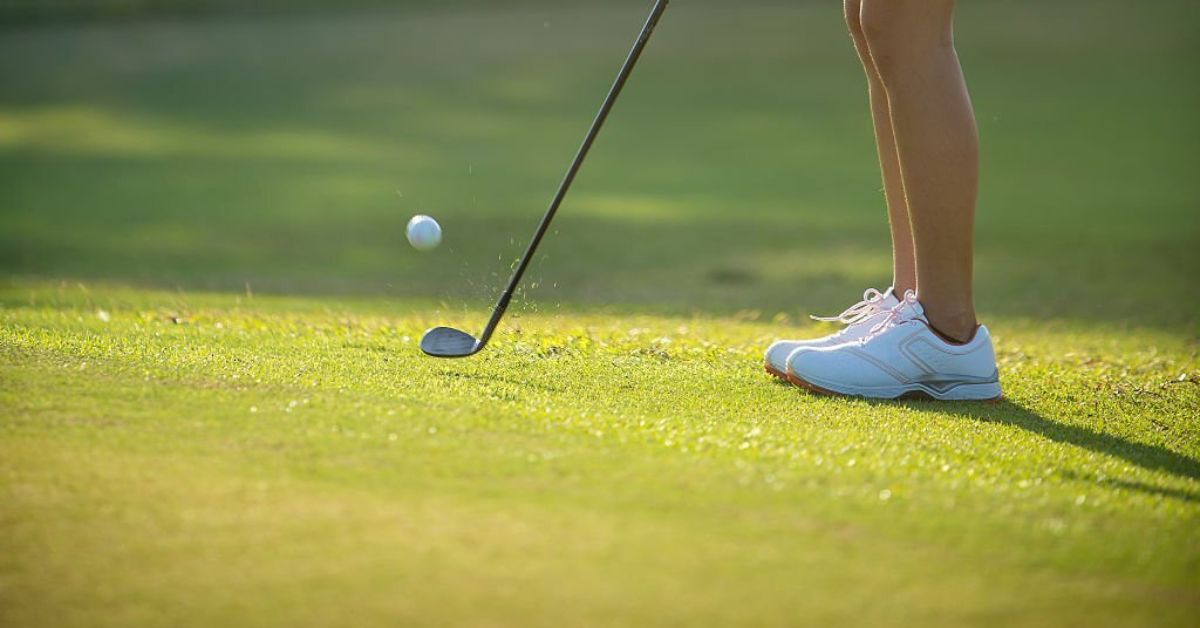Wedges are a fundamental—yet complicated—set of clubs in the golf bag.
Designed for your short game, they are available in a range of sole options depending on your experience and the type of courses you tend to play.
But what’s the difference when comparing S grind vs W grind wedges?
In this article, you’ll learn the differences between S grind vs W grind wedges, and the variables to consider when choosing between them.
S Grind vs W Grind
The difference between S grind vs W grind wedges is the sole depth. S grind wedges have a narrow sole, designed for most turf conditions and players who ‘pick’ the ball. Conversely, W grind wedges have a wider sole offering more bounce, for increased forgiveness when playing soft turf conditions.
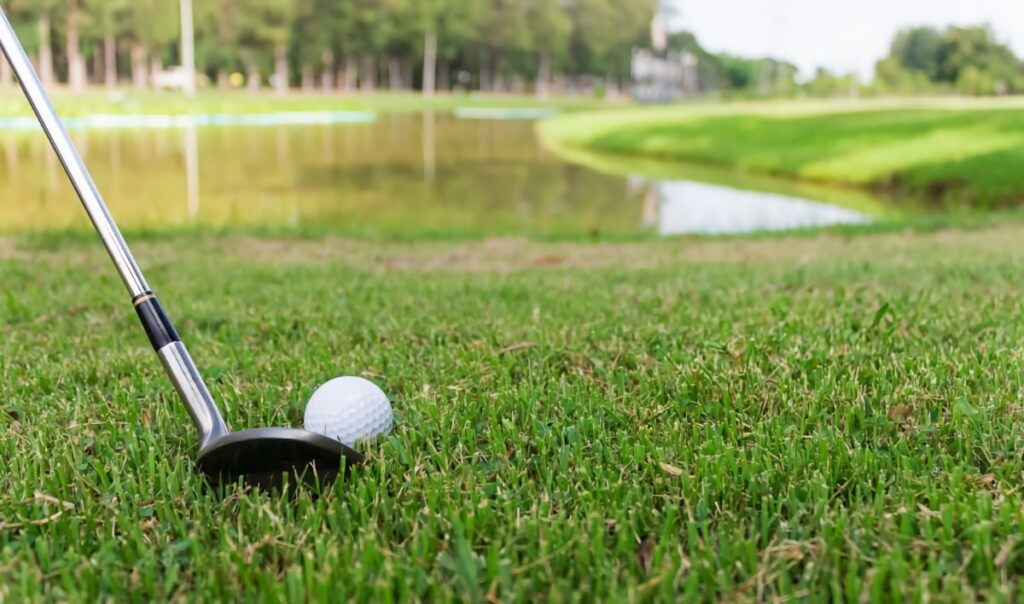
What is Grind on a Wedge?
The area around the green is often the most challenging and complex on the golf course. To navigate this, golfers must have a strong short game if they’re looking to score well.
Wedges are the tools that enable golfers to pull off these delicate shots. To optimize their effectiveness, golf club manufacturers produce several variations of each design in order to suit the attributes of the individual golfer and the conditions they play in.
A key variable in wedges is the grind – the manipulation and removal of material from the sole of the club which allows golfers to play various types of shots with consistent results.
Choosing the correct grind is particularly important for amateur golfers, as it helps to reduce errors and improve the consistency of stroke.
In the video below, wedge expert Roger Cleveland discusses the reasons for different sole grinds, and what amateur golfers should look for when choosing their wedges:
What are the Different Grinds on a Wedge?
While there are many different types of grinds in wedges on the market today, they can be grouped into the following 4 categories:
- Trailing-edge relief
- Leading-edge relief
- Heel relief
- Camber
Let’s dive into each of these in some more detail.
Trailing-Edge Relief
With this form of wedge grind, material is removed from the rear edge of the sole to allow the leading edge of the club to sit closer to the ground.
This design adds more versatility to the sole and helps lift the ball from tighter lies and firmer ground, reducing the risk of catching the ball thin.
Leading-Edge Relief
Removing material from the leading edge of the sole allows the clubface to sit close to the ground while slightly reducing the effective bounce angle.
This sole adjustment makes it easier for golfers with shallow swings, and those who play from tighter lies and firmer ground.
Heel Relief
Another popular form of wedge grind, heel relief allows the club to move through the turf or sand without the heel catching in the surface.
Grinding the heel allows golfers to play pitch shots with lower hands and a slightly open face, improving versatility by reducing effective bounce.
Camber
Finally, camber can be achieved in the sole by grinding both the leading and the trailing edges of the club.
This design adds curvature to the sole, which helps reduce bounce angle while preventing the club from digging into the turf.
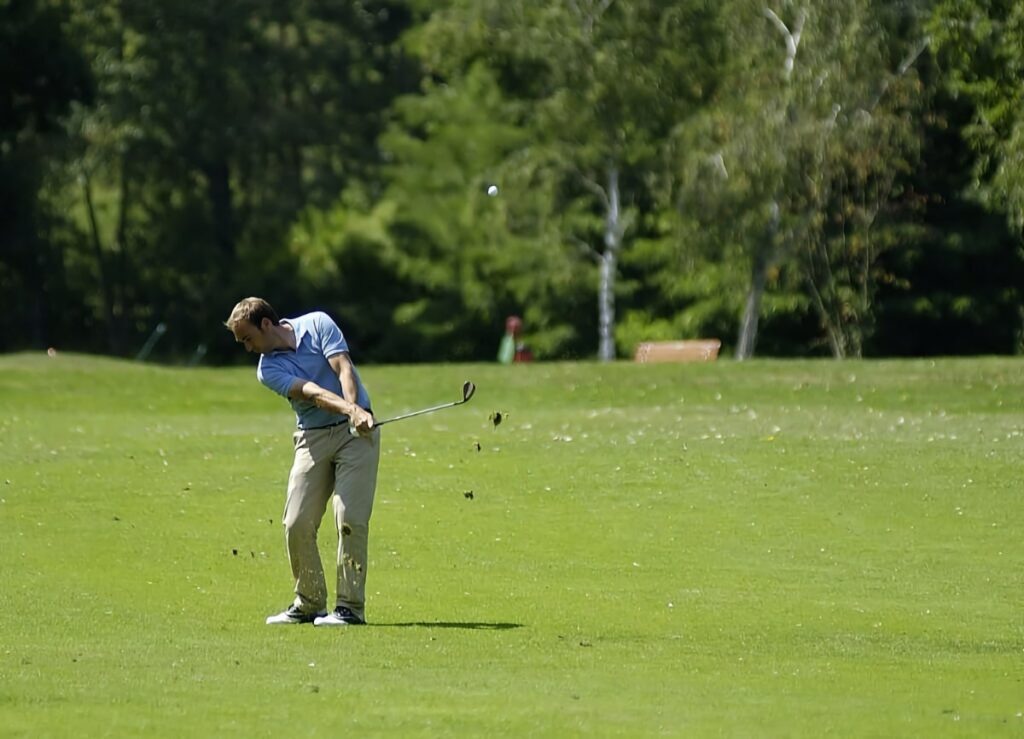
Callaway Wedge Grinds Explained
One of the major wedge manufacturers is Callaway, which has been producing golf clubs since 1982. The brand’s Chief Designer—Roger Cleveland— is a legend in the wedge space, and has been crafting wedges for Callaway since 1997.
Callaway offers four wedge grinds within their current lineup, designed to accommodate every standard of golfer with varying techniques, angles of attack, and playing in a range of turf conditions. This includes the S, W, X, and Z grinds.
S Grind
One of their most popular sole designs, Callaway’s S Grind wedges feature a cambered design with both leading and trailing edge relief.
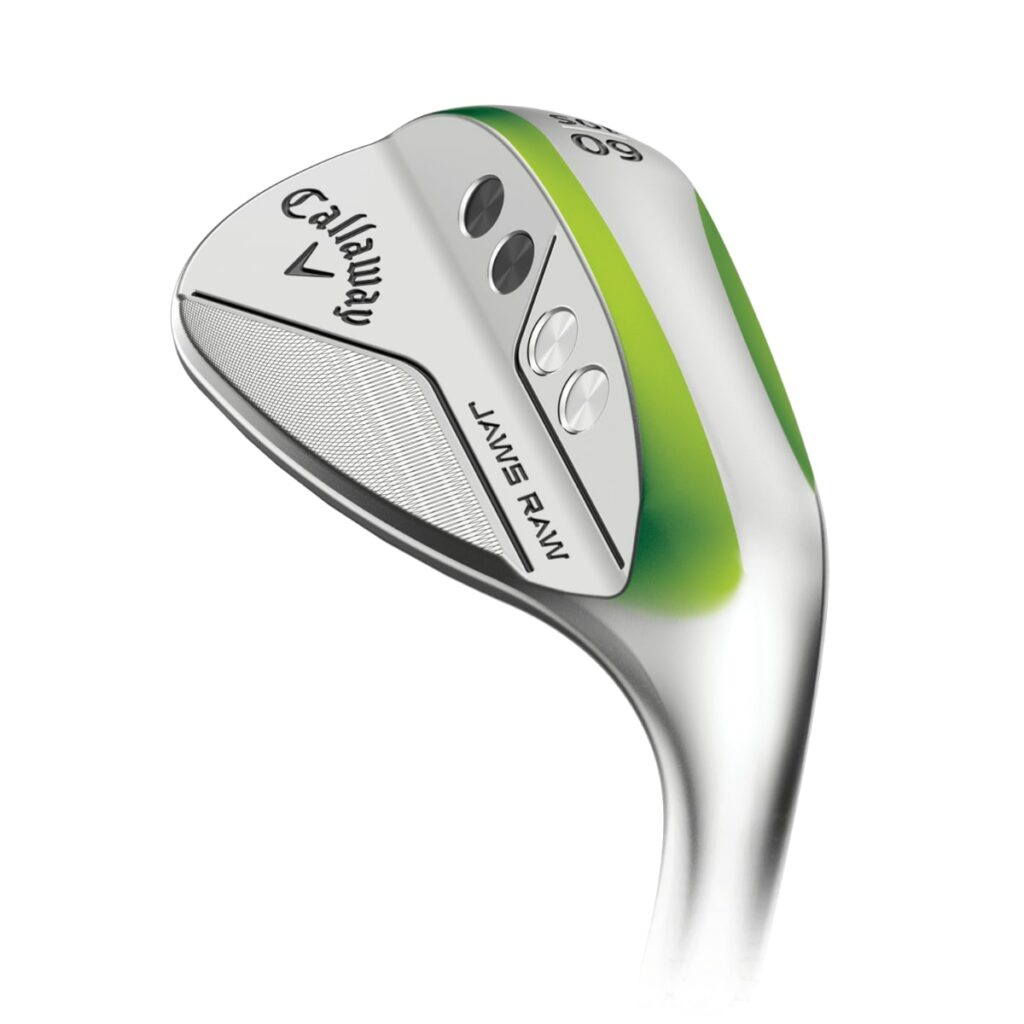
The Details
- Player Type: Built for players of all standards who prefer a square face
- Divot Type: Moderate
- Condition Type: Soft, Medium, Firm
- Wedge Bounce: Moderate (10 degrees bounce)
- Lofts Available: 48, 50, 52, 54, 56, 58, and 60 degrees
Who Needs It?
Ultimately, S Grind wedges are designed for players of all abilities who are looking for a versatile club suitable for all conditions, with a regular amount of bounce.
It’s unsurprising that S Grind wedges are one of the most common among golfers.
>> You can order your Callaway S Grind Wedges here
W Grind
Another popular option in the Callaway wedge lineup, W Grind soles are significantly wider with a small leading-edge chamfer.
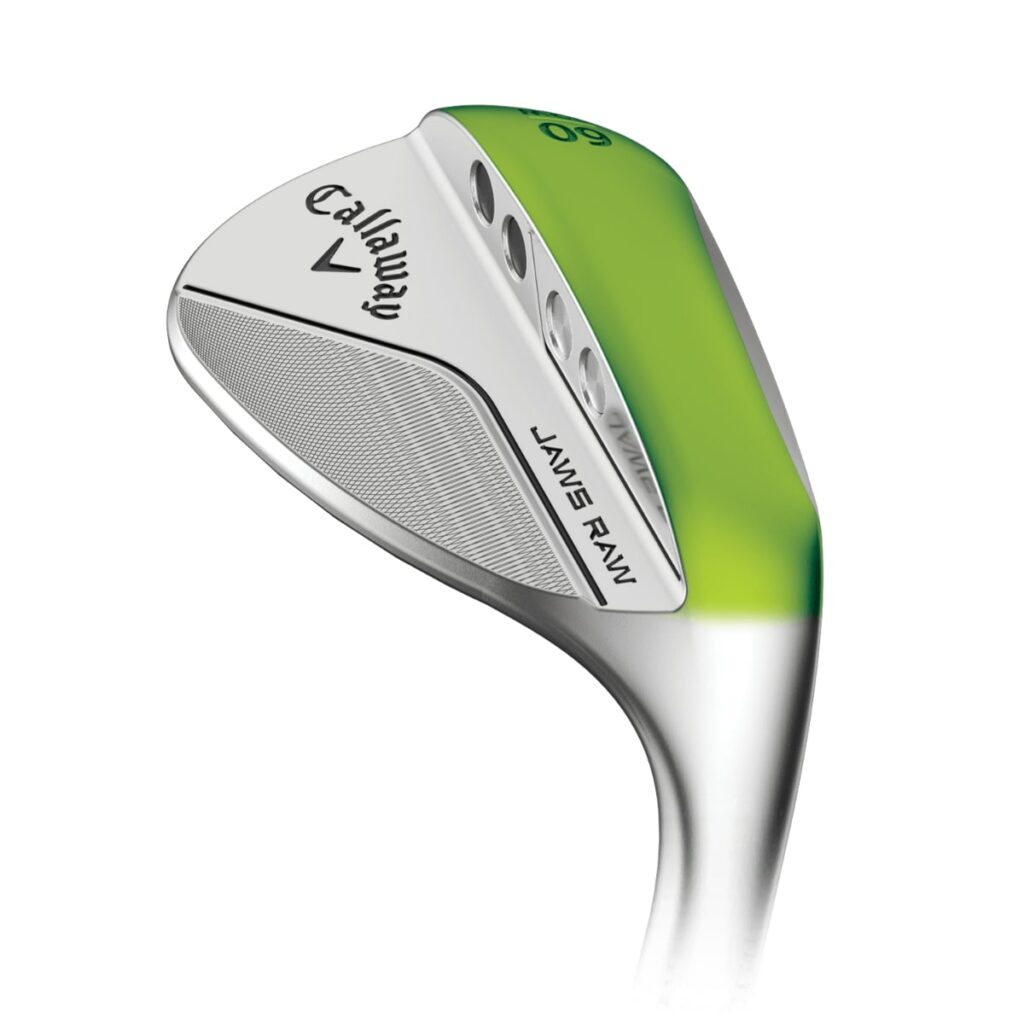
The Details
- Player Type: For players with steep angles of attack who desire forgiveness
- Divot Type: Moderate
- Condition Type: Soft
- Wedge Bounce: High (12 degrees bounce)
- Lofts Available: 50, 52, 54, 56, 58, and 60 degrees
Who Needs It?
Designed for players who are seeking more forgiveness, with a higher level of bounce enabling the club to skid across the turf rather than dig in.
>> You can order your Callaway W Grind Wedges here
X Grind
One for the more experienced player, X Grind soles feature a small leading-edge chamfer to prevent digging, while having a narrow width for versatility.
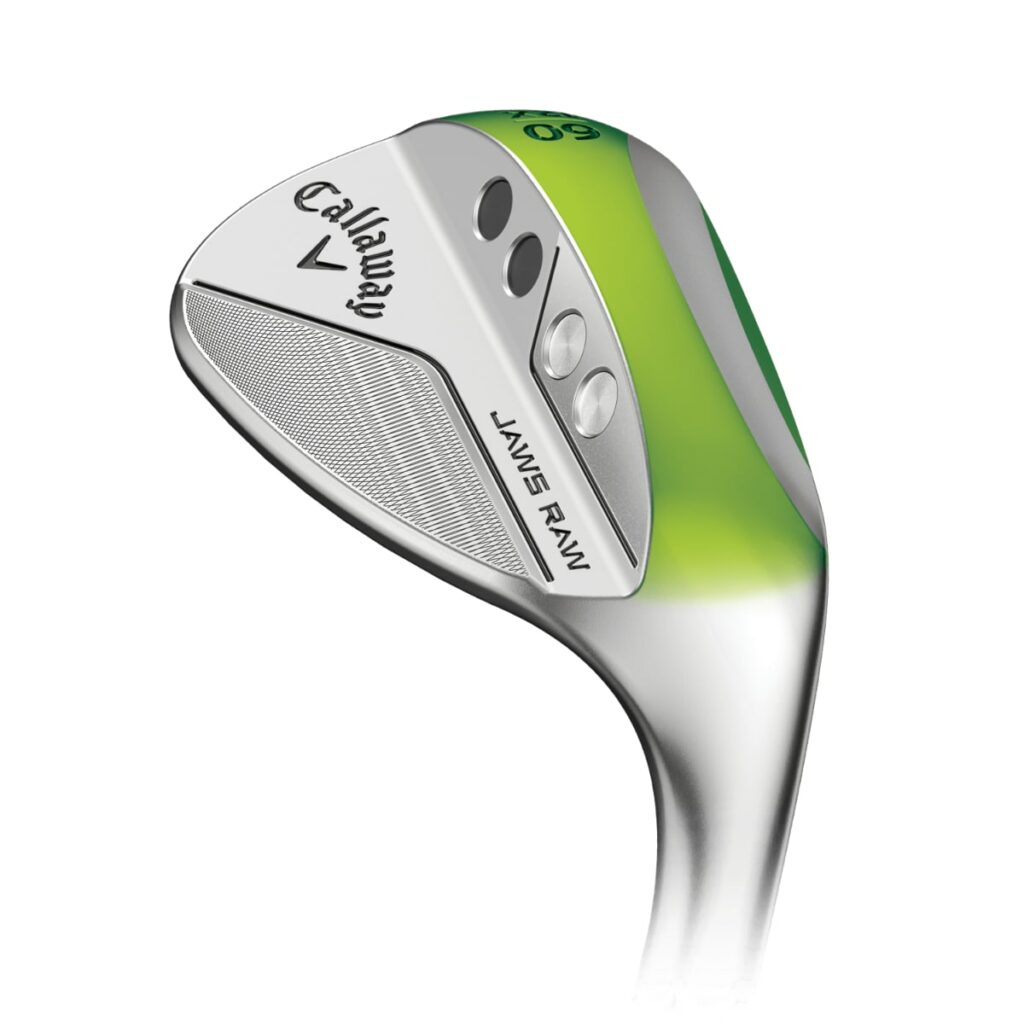
The Details
- Player Type: Experienced shotmakers with a steep angle of attack
- Divot Type: Deep
- Condition Type: Soft, Medium
- Wedge Bounce: High (12 degrees bounce)
- Lofts Available: 58, and 60 degrees
Who Needs It?
Best suited for golfers who like to manipulate loft angle with their wedges by opening and closing the face, yet still require sufficient bounce for softer conditions.
>> You can order your Callaway X Grind Wedges here
Z Grind
Finally, the Z Grind features an aggressive leading-edge chamfer for enhanced turf interaction, along with trailing-edge relief for shot manipulation.
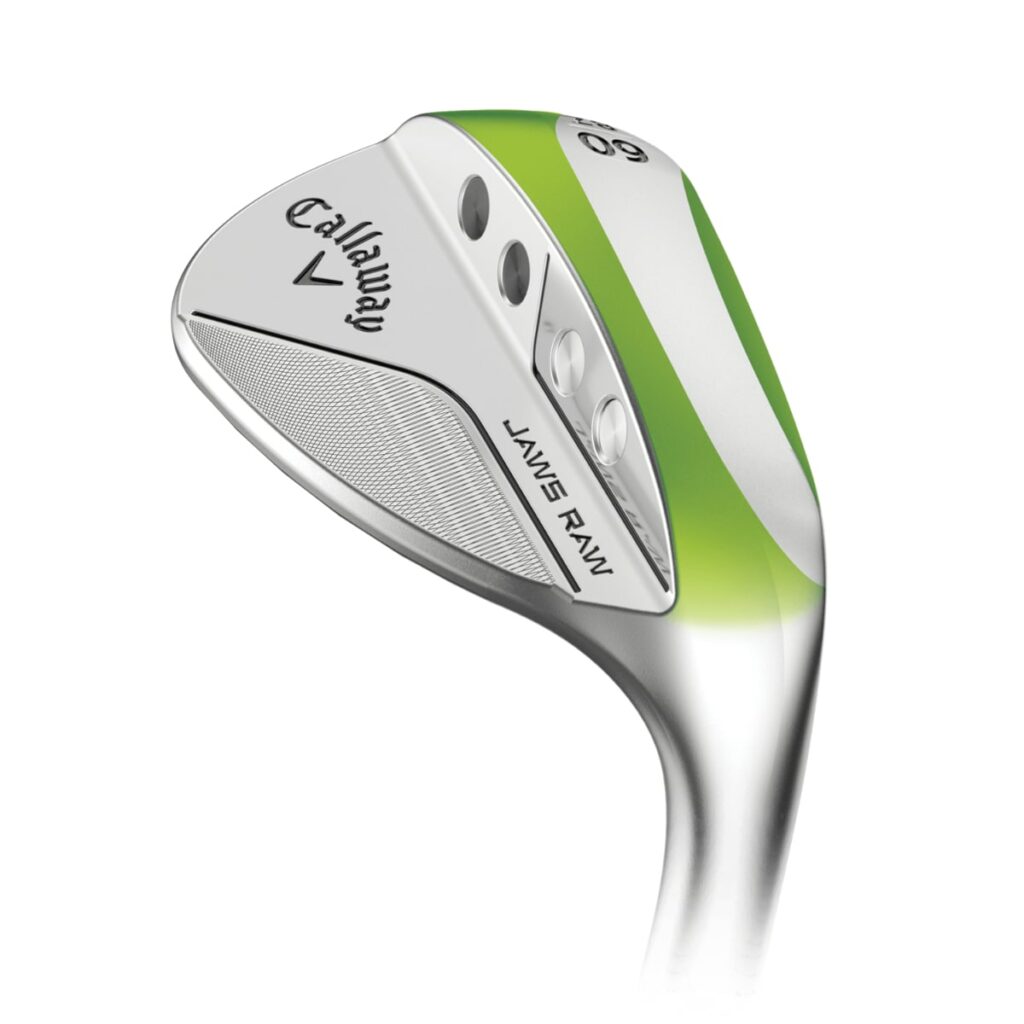
The Details
- Player Type: Built for shotmakers who like to open the face around the greens
- Divot Type: Shallow
- Condition Type: Medium, Firm
- Wedge Bounce: Low (8 degrees bounce)
- Lofts Available: 58, and 60 degrees
Who Needs It?
Z Grind wedges are perfect for players who take shallow divots and therefore require a wedge with a forgiving leading edge to act as a skid plate.
>> You can order your Callaway Z Grind Wedges here

S Grind vs W Grind vs X Grind vs Z Grind
The table below serves as a summary of the information covered above, so you can compare the features of each wedge grind to see which suits you best.
| Factor | S Grind | W Grind | X Grind | Z Grind |
| Sole Width | Medium | Wide | Narrow | Narrow |
| Bounce | 10º | 12º | 12º | 8º |
| Divot Type | Moderate | Deep | Deep | Shallow |
| Condition Type | All | Soft | Medium | Medium |
| Forgiveness | Moderate | High | Low | Low |
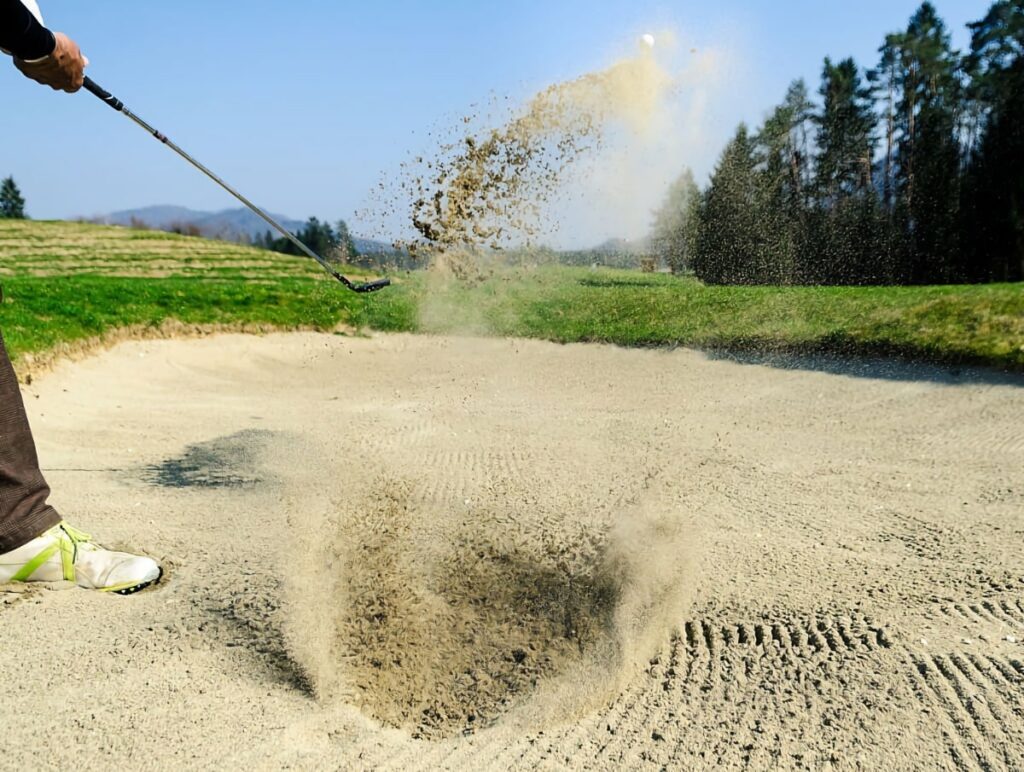
Final Thoughts – S Grind vs W Grind
In summary, S grind and W grind soles are both strong options for amateur golfers.
The W grind sole is ideal if you’re looking for forgiveness and provide plenty of bounce. The wide sole encourages the clubhead to skid under the ball for better contact.
The most versatile all-rounder is the S grind, with a standard width and moderate heel relief designed to keep the leading edge low through impact. This enables it to operate to a high standard for a wide variety of swing types and course conditions.
Callaway’s X grind and Z grind wedges are designed for more experienced golfers who are looking to manipulate shots by opening and closing the face.

